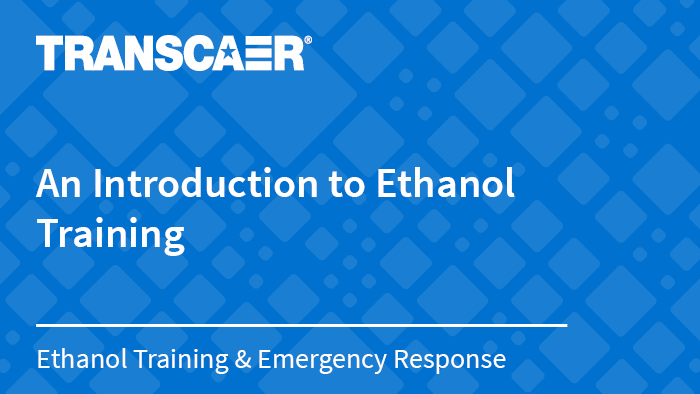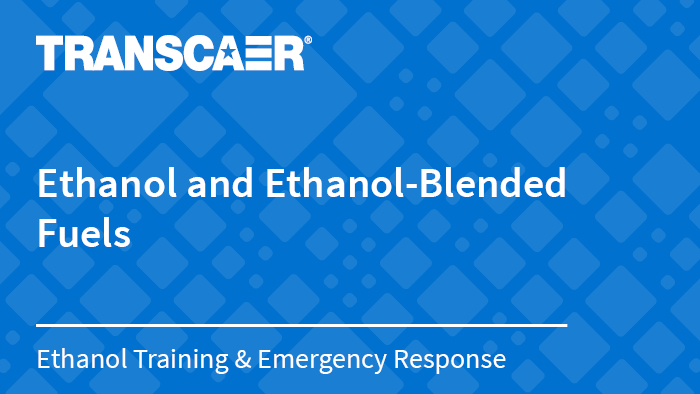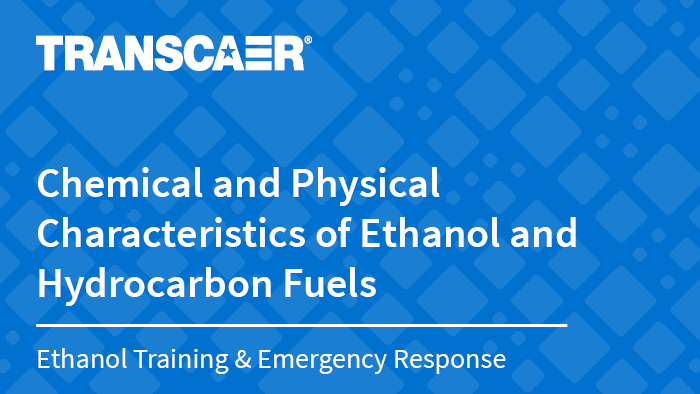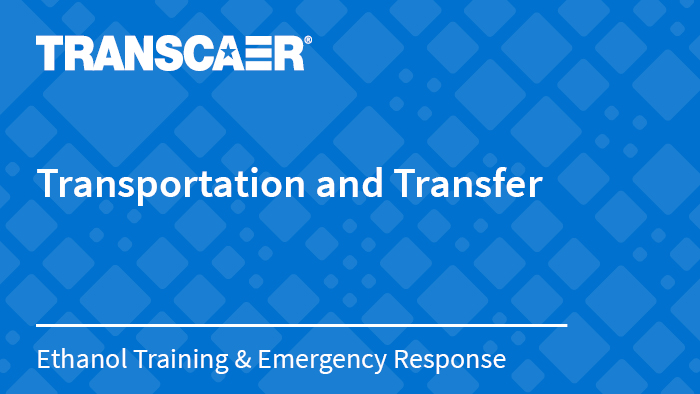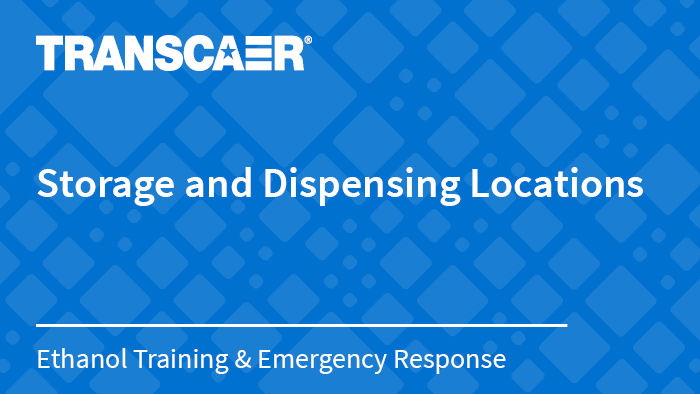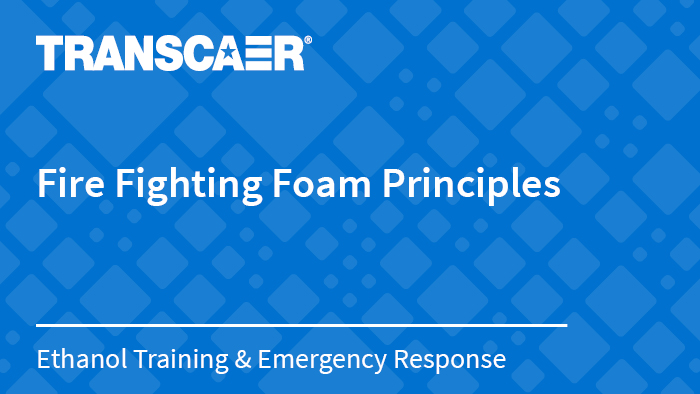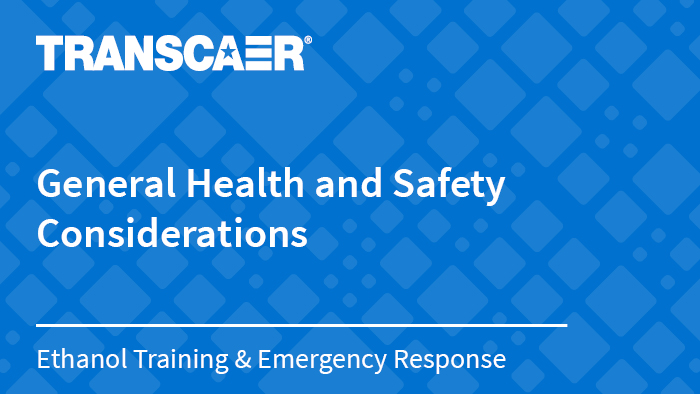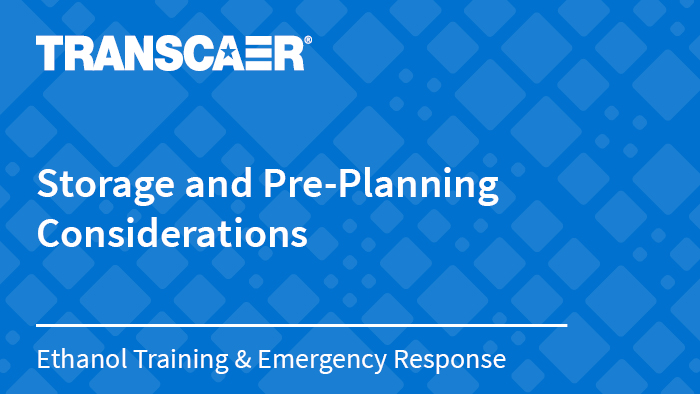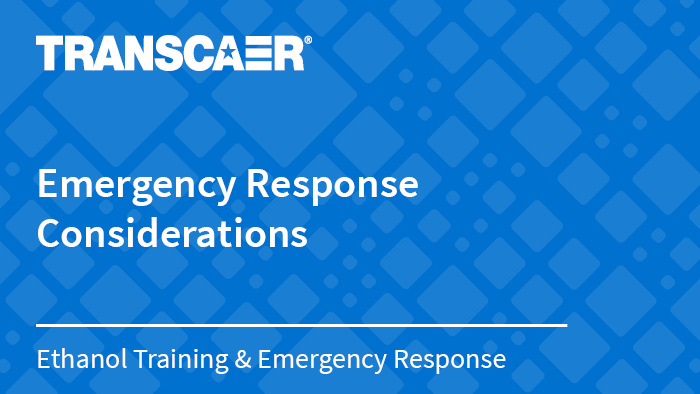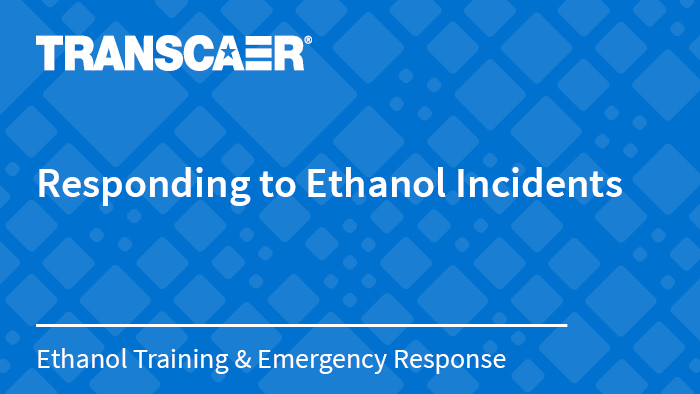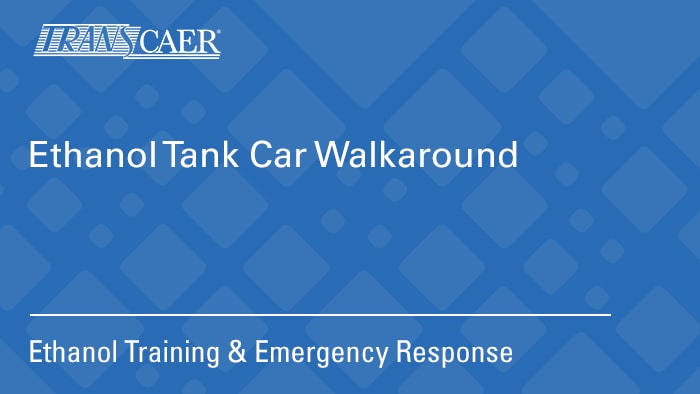The Renewable Fuels Association (RFA) created an ethanol emergency safety training course. Attendees taking this training course will receive in-depth information on proper training techniques that emergency responders and hazmat personnel need to effectively respond to an ethanol-related emergency.
I.
An Introduction to Ethanol Training
Gain knowledge related to ethanol and ethanol-blended fuels. Also, learn about ethanol chemical and physical properties, transportation modes, transfer operations, and basics of foam, suggested responder tactics and strategies, and environmental issues.
Downloads:
II.
Ethanol and Ethanol-Blended Fuels
Understand the use and growth of ethanol and ethanol-blended fuels in the United States.
Downloads:
III.
Chemical and Physical Characteristics of Ethanol and Hydrocarbon Fuels
Learn about the chemical and physical differences between gasoline, ethanol, and ethanol-blended fuels.
Downloads:
IV.
Transportation and Transfer
Understand how ethanol-blended fuels are transported and transferred, as well as where the most likely points for error in these actions typically exist.
Downloads:
V.
Storage and Dispensing Locations
Understand the common locations for storage and dispensing of ethanol-blended fuels.
Downloads:
VI.
Fire Fighting Foam Principles
Learn about the firefighting strategies and foam-use tactics for controlling and fighting fires associated with ethanol-blended fuels.
Downloads:
VII.
General Health and Safety Considerations
Learn about the potential spill control methods, proper personal protective equipment (PPE), and detection and monitoring devices for responding to ethanol-blended fuel incidents.
Downloads:
VIII.
Storage and Pre-Planning Considerations
Understand the important of pre-planning considerations and how it relates fighting or containing fires at tank farms and bulk storage facilities.
Downloads:
IX.
Emergency Response Considerations
It’s important for emergency responders to understand what ethanol is and the different challenges that ethanol and ethanol-blended fuels pose to them. Traditional methods of fighting gasoline fires are not effective in combating fires involving ethanol or ethanol-blended fuels. It’s essential for responders to become familiar with the use, transport and storage, and extinguishment of ethanol and ethanol-blended fuel fires.
X.
Responding to Ethanol Incidents
Learn how to best fight an ethanol or ethanol-blended fuel fire.
XI.
Ethanol Tank Car Walkaround
Get an overview of tank car features including reporting marks, bottom outlet valves, “A” end and “B” end of a tank car, placarding; protective housings, valves, induction line (liquid line), and manway. Learn the difference between non-jacketed (bare skin) and jacketed tank cars.
XII.
Tank Car Loading and Unloading
